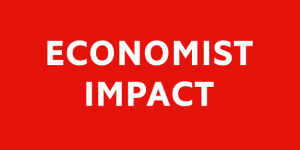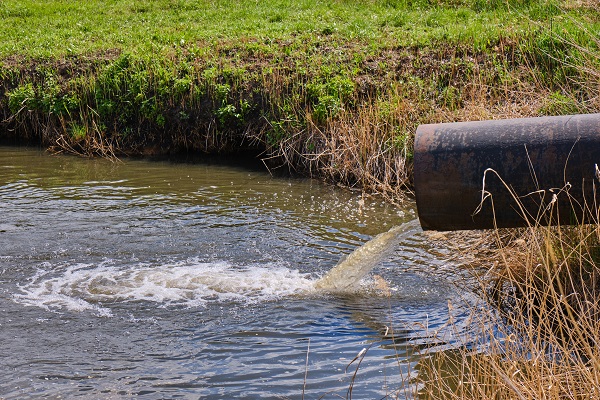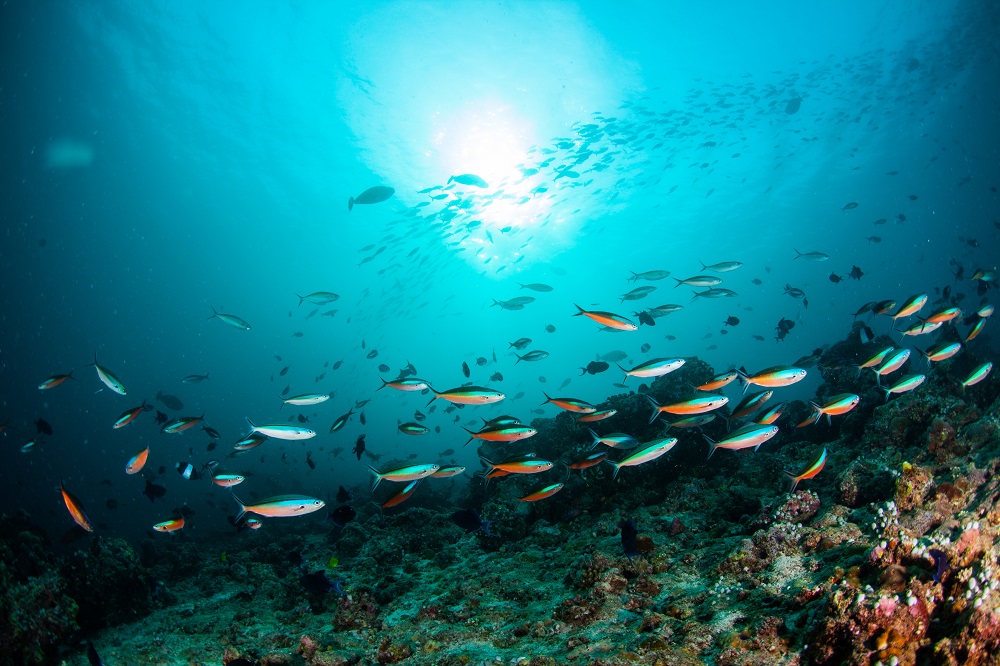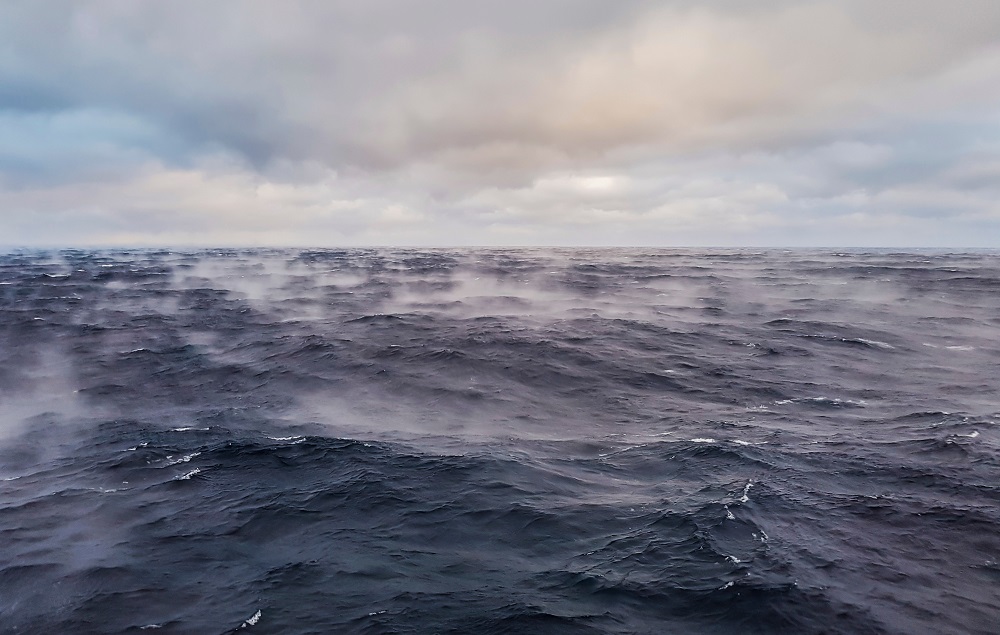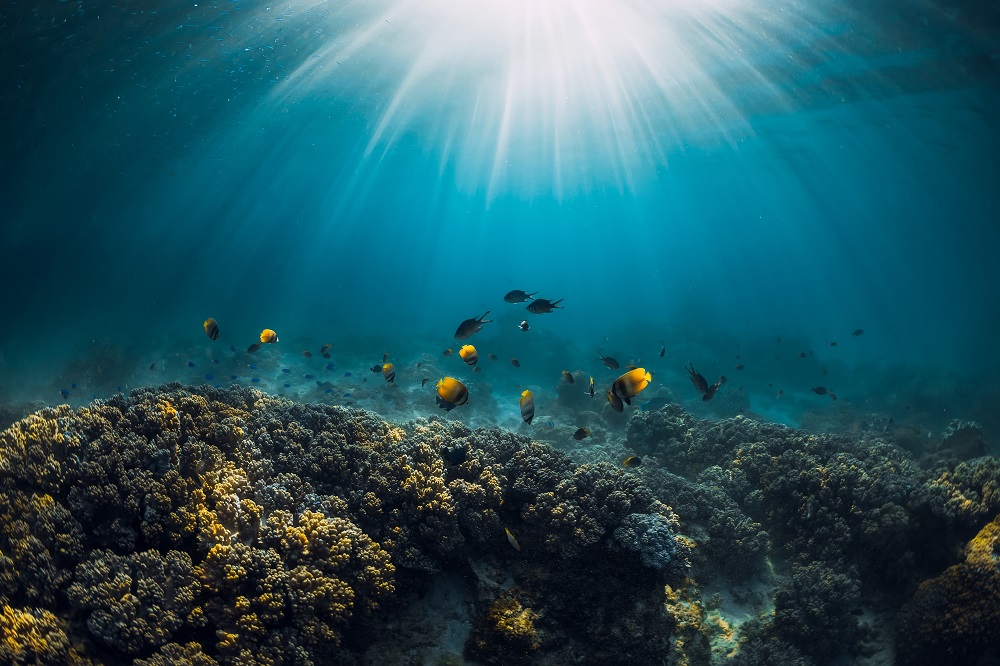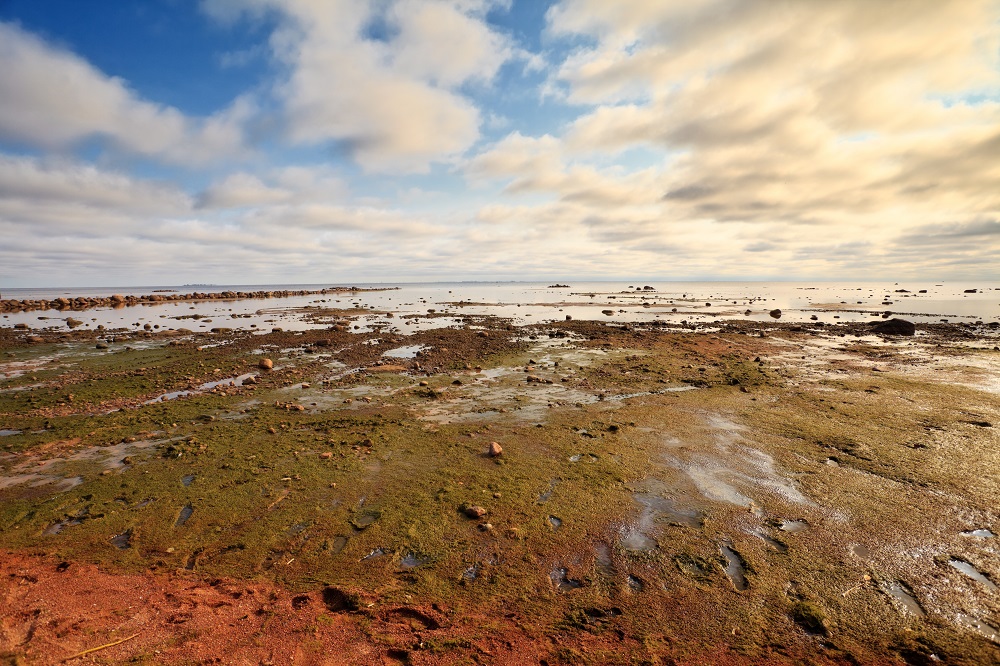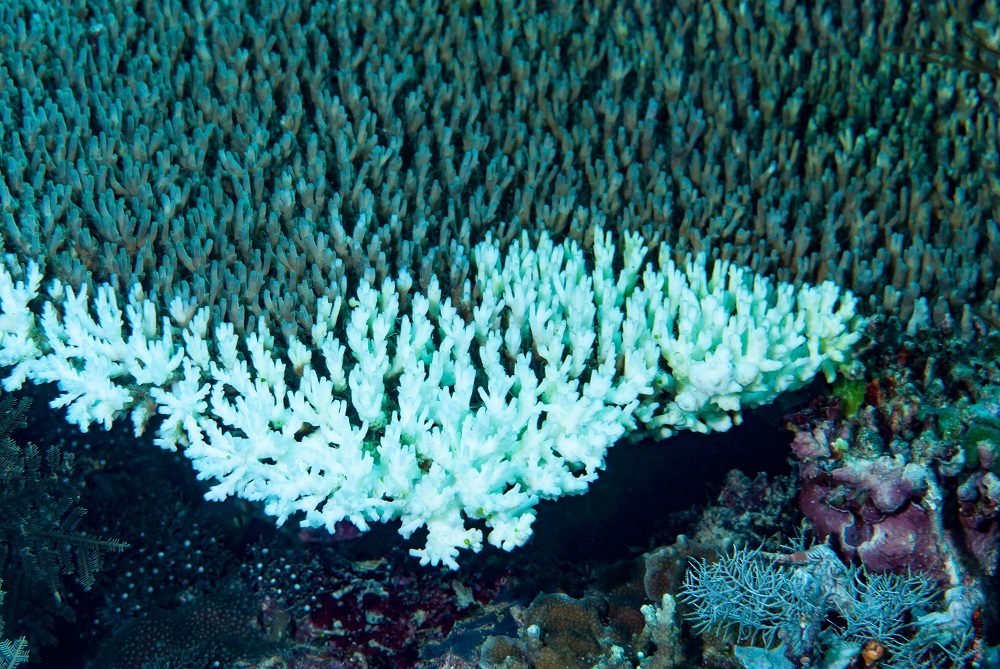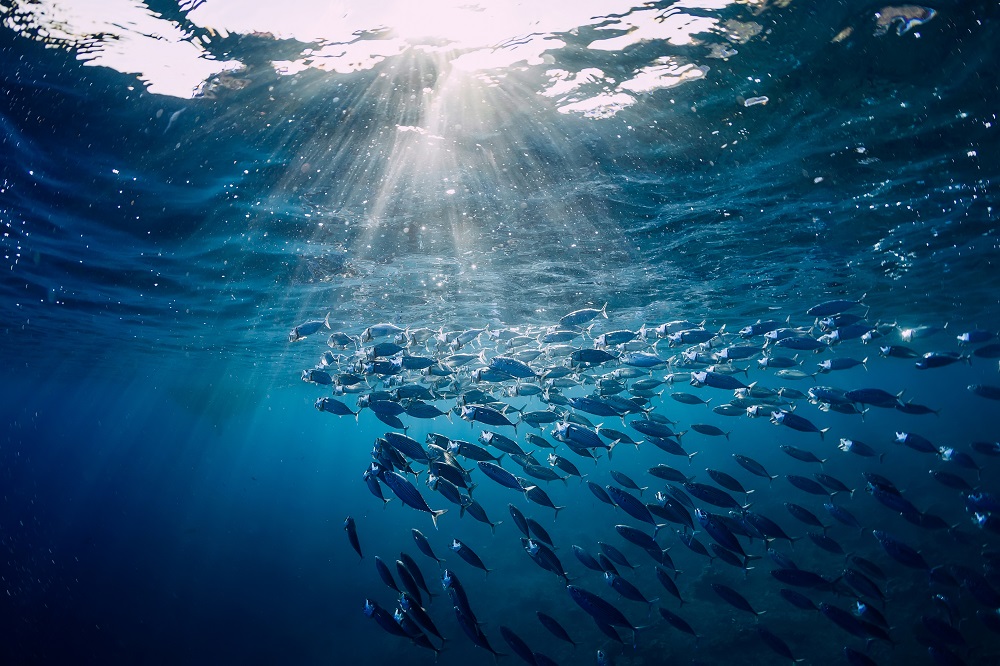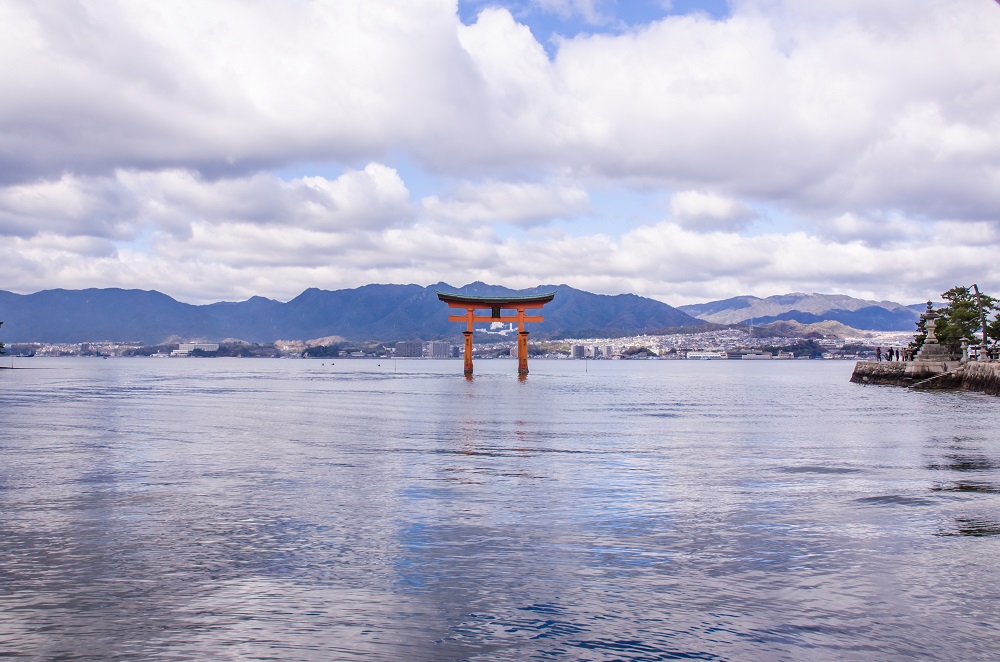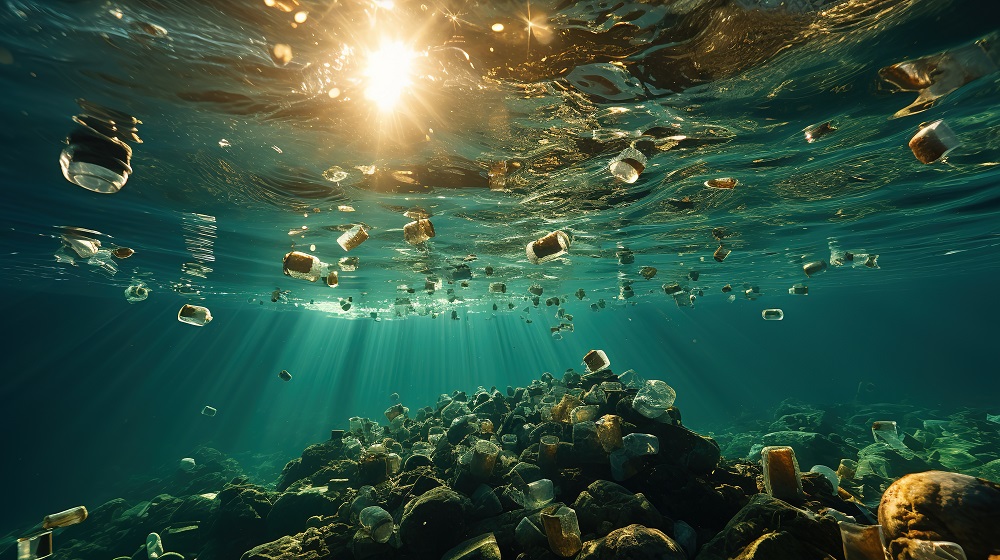A global movement encouraging businesses and financial institutions to consider their impacts on nature is gathering momentum, and the Taskforce on Nature-Related Financial Disclosures (TNFD) has emerged as the leading framework for organisations to assess and disclose their nature-related financial risks and opportunities.
TNFD recommends that organisations consider nature-related impacts across four realms: ocean, freshwater, land and atmosphere. The framework includes pollution as one of the five drivers of nature change that organisations should address.
Yet, as Back to Blue has previously reported, data gaps make it difficult for businesses to assess their pollution-related impacts on the ocean.
“The feedback that we’ve heard from the market is that there’s lots of really good data out there, but it’s sporadic,” says Laura Clavey, TNFD’s lead for measurement and oceans. “Some locations have great data. Some locations have less good data. It varies by sector and location, and sometimes there are difficulties accessing data.”
“The feedback that we've heard from the market is that there's lots of really good data out there, but it's sporadic”
– Laura Clavey, TNFD’s lead for measurement and oceans
TNFD advises businesses not to allow poor data to hinder their assessment of nature-related risks and opportunities. It recommends that organisations gradually improve the quality of disclosures as data become available. However, Ms Clavey acknowledges that, particularly in the ocean realm, “there are still gaps to be filled and further work to be done.”
Perhaps unsurprisingly, a burgeoning ‘nature intelligence’ industry has sprung up to help businesses collect and analyse data to measure their impact on complex, location-specific and variable ecosystems. On land, this is challenging. In the ocean, it is almost impossible.
“There are specific measurement requirements for ocean ecosystems that differ from terrestrial ecosystems,” Ms Clavey says. The dispersal of pollutants and the migratory nature of many ocean-based species are just two examples of why it can be tough to pinpoint a sector’s impact on the ocean, she says.
The task becomes even more difficult for sectors that may indirectly impact the ocean through their supply chains. For example, chemical companies’ products may be incorrectly disposed of downstream. “Modelling around this is less advanced and less consistent, which makes it harder to measure and compare impact,” Ms Clavey says.

Directly attributing the impacts on nature to individual companies is something of a holy grail, particularly for financial institutions, which use this information to assess nature-related risks across a portfolio of investments.
Yet attributing specific nature-based impacts on the ocean to individual companies is a challenging task. “The scientific consensus is still emerging, and there needs to be quite a lot of work done,” Ms Clavey says.
Businesses can measure what TNFD calls ‘impact drivers’, such as the volume produced of a polluting chemical. Yet measuring this activity’s impact on nature is far from straightforward. Pollutants typically move through complex supply chains, and ecosystem impacts are often cumulative, making apportioning responsibility a fraught exercise.
TNFD has produced sector-specific guidance on fisheries and aquaculture, and Ms Clavey says that the taskforce is currently developing guidance for the shipping industry.
Yet, as Back to Blue’s 2022 report The Invisible Wave found, most pollution enters the ocean from land-based sources, including agriculture, cities and industry. Addressing the impact of pollution in the ocean must inevitably mean identifying land-based sectors’ nature-related risks. For this, closing the data gap will be critical.
“Clarity on the key data sets on ocean pollution and their use cases would be really interesting,” Ms Clavey says. “This is a gap that is well understood in some ocean economy sectors with direct impacts on the ocean but less well understood in some of the land-based sectors that have an indirect impact on the ocean.”
Regulated activities or activities that potentially create high financial risk for organisations should be the priority. “It’s helpful to have data that is granular and scalable to different levels,” Ms Clavey says. “In an ideal world, it would be data that is additive—so you could add it across different locations to obtain an overall summary of business performance.”
“Clarity on the key data sets on ocean pollution and their use cases would be really interesting”
– Laura Clavey, TNFD’s lead for measurement and oceans
Data that enables investors to compare the performance of different companies within a sector can help them integrate ocean pollution considerations into their decision-making. Companies that do a better job than their competitors at ensuring their products don’t become ocean pollutants are less likely to be exposed to legal, regulatory or reputational risk.
“Standardisation is really important in order to get comparable data that can be used for investment-making purposes, to compare different companies or track a company’s performance over time,” Ms Clavey says.
Yet, for ocean pollution, this aspiration is a long way from reality. A key ambition of A Global Ocean Free of the Harmful Impacts of Pollution: A Roadmap for Action, which sets out a pathway to build a global and holistic evidence base about the impact and extent of ocean pollution, is to make ‘investor-ready’ data on the effects of ocean pollution available.
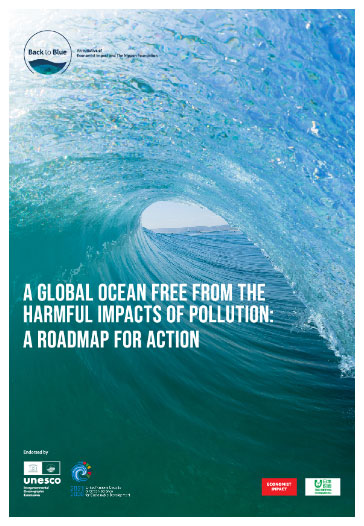
Download the roadmap
A global ocean free from the harmful impacts of pollution: Roadmap for action
For now, the ocean is a high-priority item on the TNFD’s agenda. “The ocean realm may need, in some instances, tailored considerations compared to the terrestrial realm,” says Ms Clavey. While some metrics, such as those related to pollution, are highly relevant to the ocean, others require more work to ensure they accurately reflect the potential for impacts on the ocean. She says the TNFD will continue to seek feedback on its guidance and metrics work relating to the ocean to ensure that any required changes are reflected in its latest materials.
At Back to Blue, the call to action is clear. Addressing the impact of pollution on ocean ecosystems requires a collaborative effort at a global scale. A Global Ocean Free of the Harmful Impacts of Pollution: A Roadmap for Action sets out an ambitious vision for achieving this goal. Join us.
EXPLORE MORE CONTENT ABOUT THE OCEAN
Back to Blue is an initiative of Economist Impact and The Nippon Foundation
Back to Blue explores evidence-based approaches and solutions to the pressing issues faced by the ocean, to restoring ocean health and promoting sustainability. Sign up to our monthly Back to Blue newsletter to keep updated with the latest news, research and events from Back to Blue and Economist Impact.
The Economist Group is a global organisation and operates a strict privacy policy around the world.
Please see our privacy policy here.
THANK YOU
Thank you for your interest in Back to Blue, please feel free to explore our content.
CONTACT THE BACK TO BLUE TEAM
If you would like to co-design the Back to Blue roadmap or have feedback on content, events, editorial or media-related feedback, please fill out the form below. Thank you.
The Economist Group is a global organisation and operates a strict privacy policy around the world.
Please see our privacy policy here.




 World Ocean Summit & Expo
2025
World Ocean Summit & Expo
2025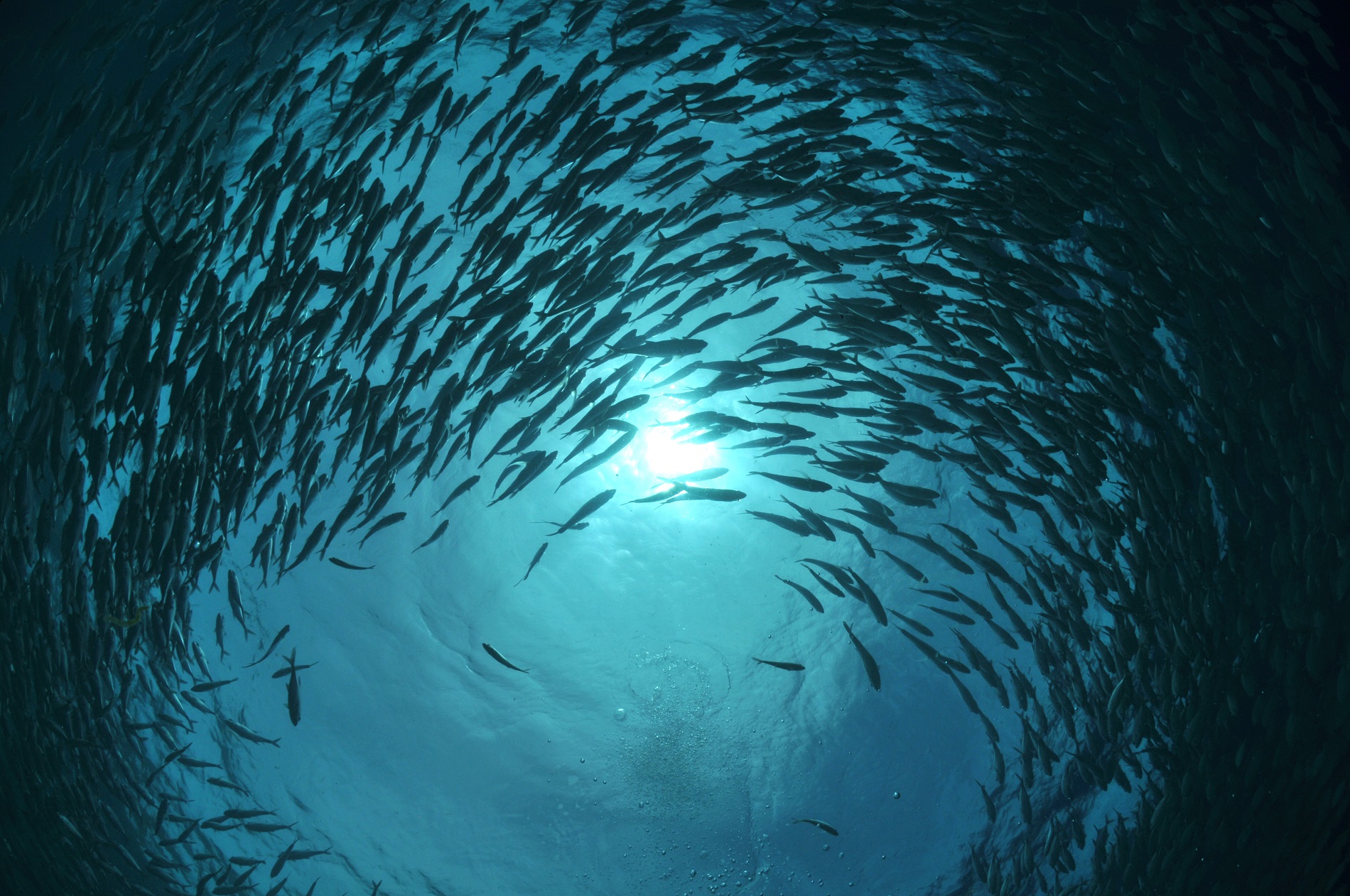 UNOC
UNOC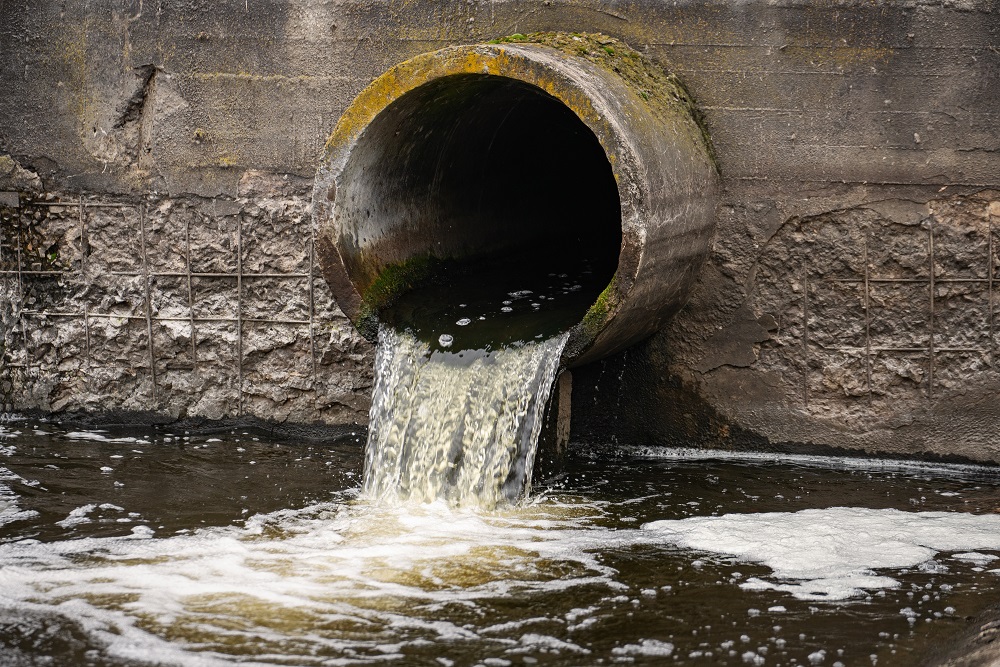 Sewage and wastewater pollution 101
Sewage and wastewater pollution 101 Slowing
the chemical tide: safeguarding human and ocean health amid
chemical pollution
Slowing
the chemical tide: safeguarding human and ocean health amid
chemical pollution Hazardous chemicals in plastics - the discussions at INC
Hazardous chemicals in plastics - the discussions at INC
